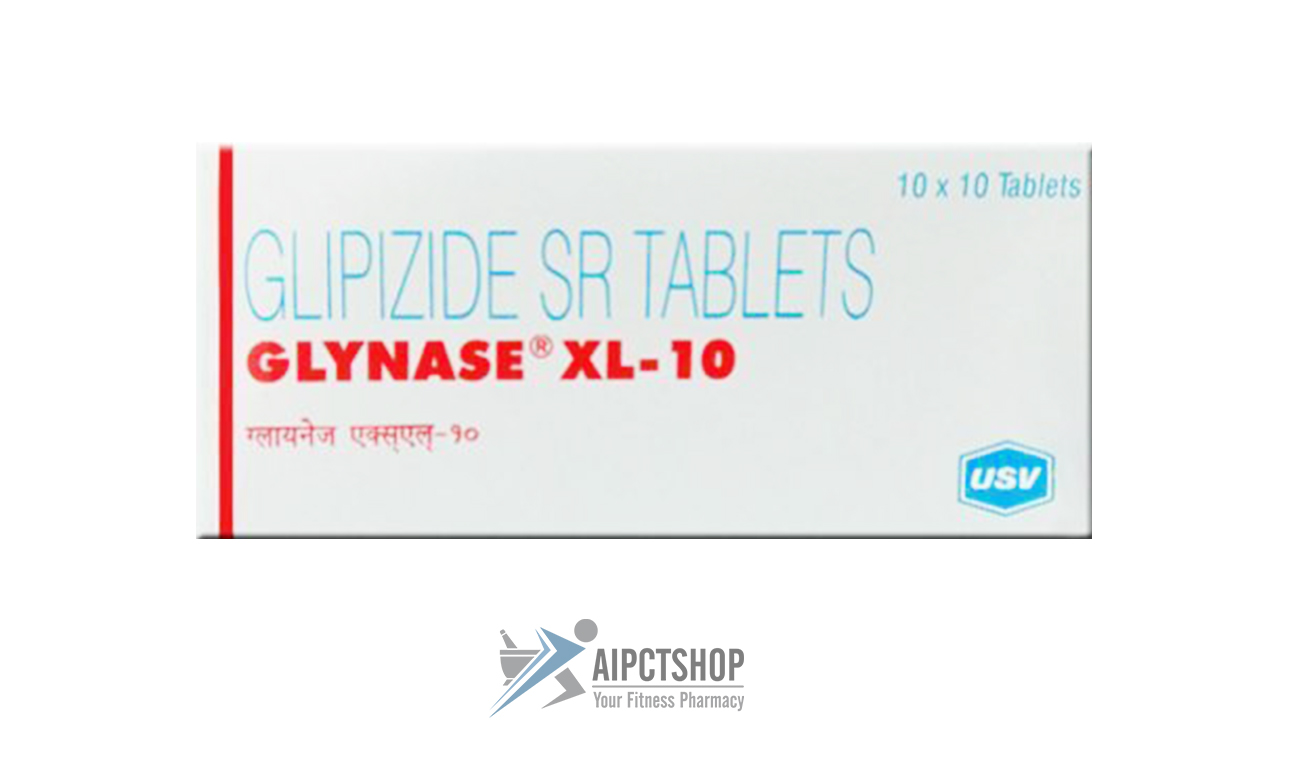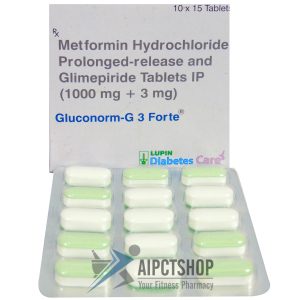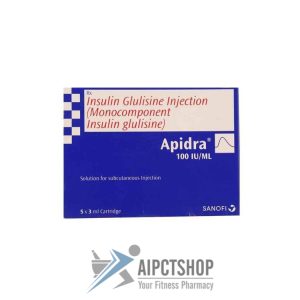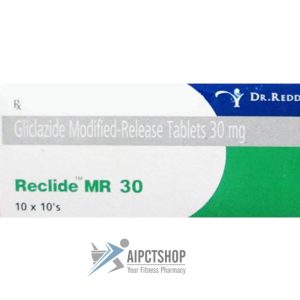Glipizide Information
What is this drug used for?
– It is used to lower blood sugar in patients with high blood sugar (diabetes).
Possible side effects
Glipizide may cause side effects. Tell your doctor if any of these symptoms are severe or do not go away:
– Dizziness.
– Diarrhea.
– Feeling nervous and excitable.
– Gas.
Some side effects can be serious. If you experience any of these symptoms, call your doctor immediately or get emergency medical treatment:
– Signs of an allergic reaction, like rash; hives; itching; red, swollen, blistered, or peeling skin with or without fever; wheezing; tightness in the chest or throat; trouble breathing, swallowing, or talking; unusual hoarseness; or swelling of the mouth, face, lips, tongue, or throat.
– Change in eyesight.
– Slurred speech.
– Tingling.
– Feeling very tired or weak.
– Low blood sugar can happen. The chance may be raised when this drug is used with other drugs for diabetes. Signs may be dizziness, headache, feeling sleepy or weak, shaking, fast heartbeat, confusion, hunger, or sweating. Call your doctor right away if you have any of these signs. Follow what you have been told to do for low blood sugar. This may include taking glucose tablets, liquid glucose, or some fruit juices.
Medication Safety Issues
Sound-alike/look-alike issues:
GlipiZIDE may be confused with glimepiride, glyBURIDE
Glucotrol may be confused with Glucophage, Glucotrol XL, glyBURIDE, GlycoTrol (dietary supplement)
High alert medication:
The Institute for Safe Medication Practices (ISMP) includes this medication among its list of drugs which have a heightened risk of causing significant patient harm when used in error.
Storage and Stability
Extended release: Store at 68?F to 77?F (20?C to 25?C); excursions permitted between 59?F to 86?F (15?C to 30?C). Protect from moisture and humidity.
Immediate release: Store below 30?C (86?F).
Adverse Reactions
Frequency not always defined.
Cardiovascular: Syncope (<3%)
Central nervous system: Dizziness (2% to 7%), nervousness (4%), anxiety (<3%), depression (<3%), hypoesthesia (<3%), insomnia (<3%), pain (<3%), paresthesia (<3%), drowsiness (2%), headache (2%)
Dermatologic: Diaphoresis (<3%), pruritus (1% to <3%), eczema (1%), erythema (1%), maculopapular rash (1%), morbilliform rash (1%), skin rash (1%), urticaria (1%)
Endocrine & metabolic: Hypoglycemia (<3%), increased lactate dehydrogenase
Gastrointestinal: Diarrhea (1% to 5%), flatulence (3%), dyspepsia (<3%), vomiting (<3%), constipation (1% to <3%), nausea (1% to <3%), abdominal pain (1%)
Hepatic: Increased serum alkaline phosphatase, increased serum AST
Neuromuscular & skeletal: Tremor (4%), arthralgia (<3%), leg cramps (<3%), myalgia (<3%)
Ophthalmic: Blurred vision (<3%)
Renal: Increased blood urea nitrogen, increased serum creatinine
Respiratory: Rhinitis (<3%)
1%, postmarketing, and/or case reports: Agranulocytosis, anorexia, aplastic anemia, bloody stools, cardiac arrhythmia, chills, cholestatic jaundice, confusion, conjunctivitis, decreased libido, disulfiram-like reaction, dyspnea, dysuria, edema, eye pain, flushing, hemolytic anemia, hepatic injury, hypertension, hypertonia, hyponatremia, jaundice, leukopenia, migraine, pancytopenia, pharyngitis, porphyria, retinal hemorrhage, SIADH (syndrome of inappropriate antidiuretic hormone secretion), skin photosensitivity, thrombocytopenia, unsteady gait, vertigo









Reviews
There are no reviews yet.